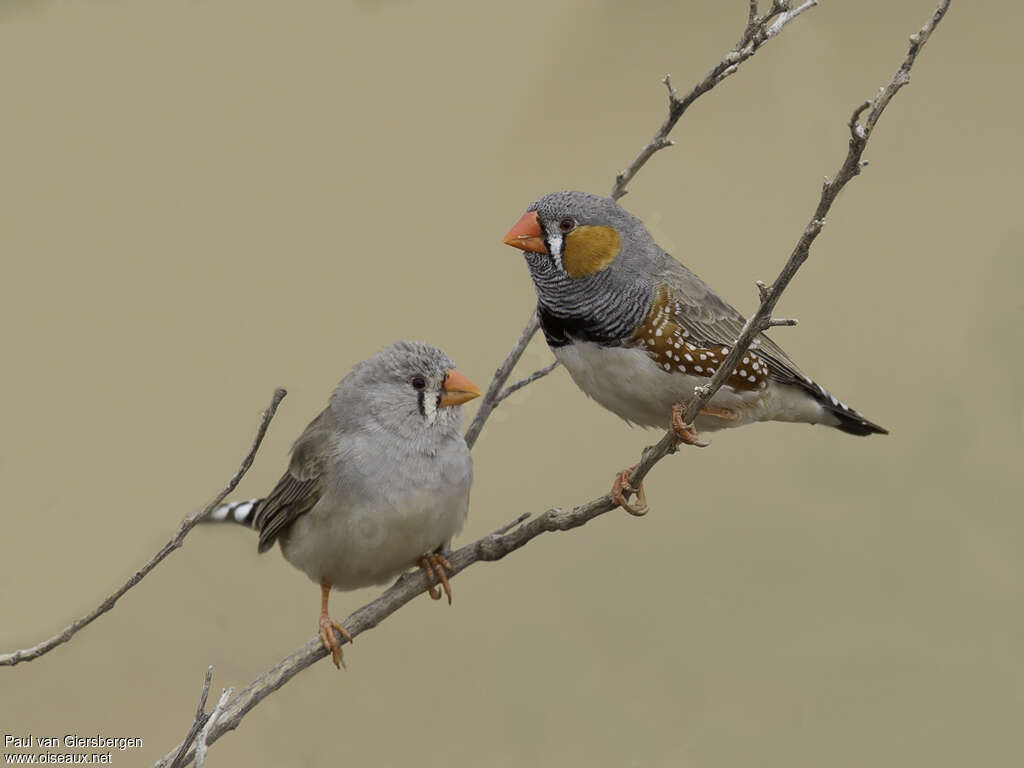
Australian Zebra Finch Taeniopygia castanotis
Zebra finches [Taeniopygia guttata castanotis (Gould 1837)] are an ideal species with which to conduct such a study, as they show an overlap of breeding and molt in the wild , and can easily be kept, bred and observed in captivity. We assessed whether zebra finches of both sexes, kept in captivity under benign environmental conditions (i.e.

Diamante Mandarino "Toy" (Taeniopygia guttata castanotis) Flickr
There are two subspecies of the zebra finch, Taeniopygia guttata guttata and Taeniopygia guttata castanotis. T. g. guttata is found on the Lesser Sunda islands in Indonesia and the males differ from their Australian counterparts, T. g. castanotis, in having a thinner breast-band and grey chin and throat instead of the black and white throat bars.

Australian Zebra Finch (Taeniopygia castanotis) Zebra finch, Finch, Australian birds
The Australian zebra finch ( Taeniopygia castanotis) [2] is the most common estrildid finch of Central Australia. It ranges over most of the continent, avoiding only the cool humid south and some areas of the tropical far north. The bird has been introduced to Puerto Rico and Portugal. [1]
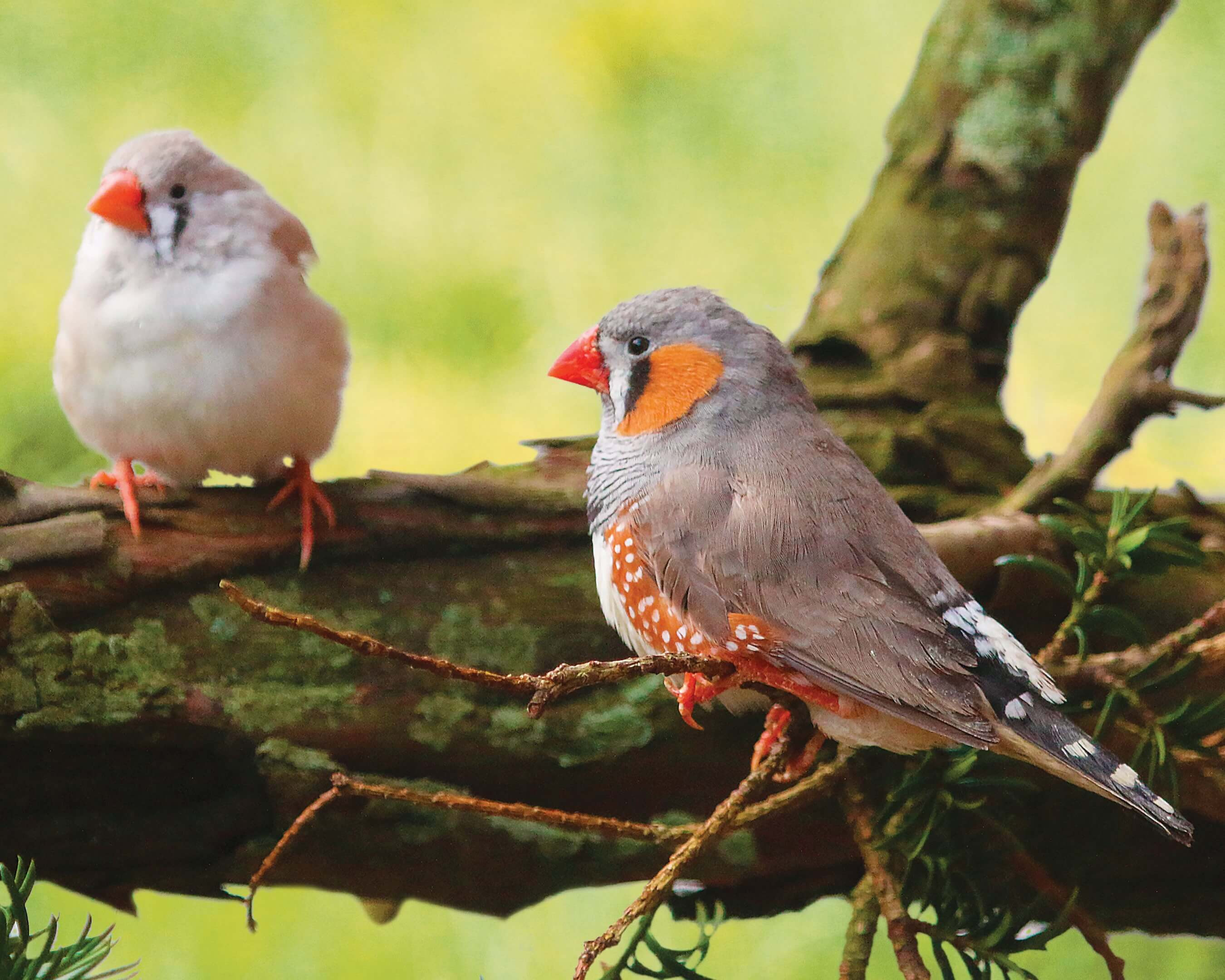
Diamant Mandarin • Élevage et vente d’oiseaux exotiques à bec droit
Taeniopygia guttata and T. castanotis (del Hoyo and Collar 2016) were previously lumped as T. guttata following Christidis & Boles (2008); Sibley & Monroe (1990, 1993). Taxonomic source (s) del Hoyo, J., Collar, N.J., Christie, D.A., Elliott, A., Fishpool, L.D.C., Boesman, P. and Kirwan, G.M. 2016.
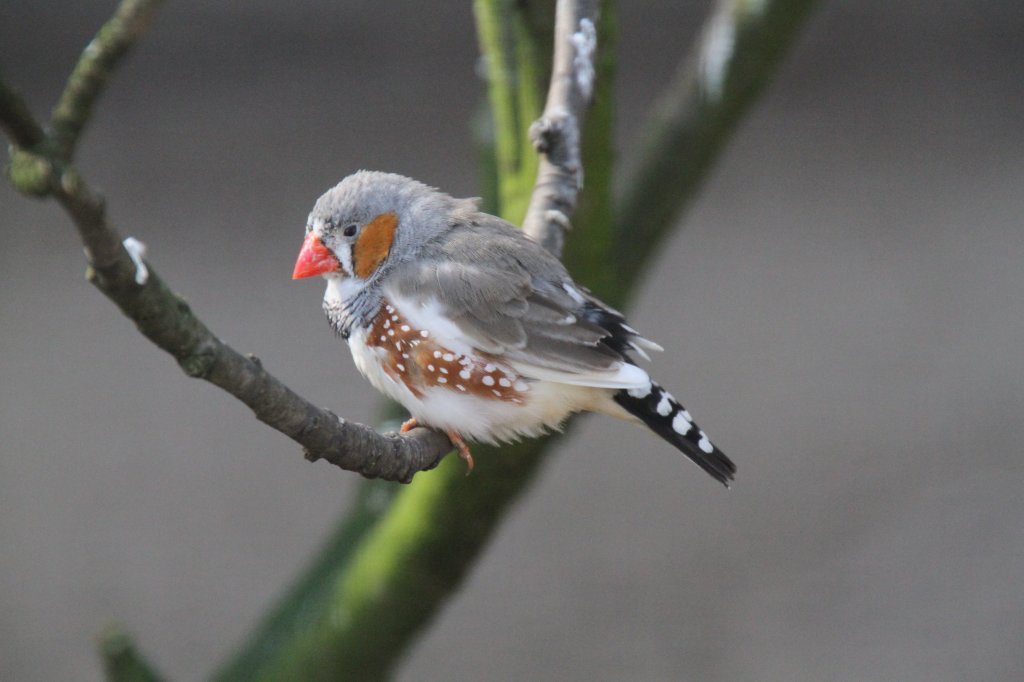
Australische Zebrafink (Taeniopygia guttata castanotis) am 18.4.2010 im Tierpark Berlin Tier
Taeniopygia guttata and T. castanotis (del Hoyo and Collar 2016) were previously lumped as T. guttata following Christidis & Boles (2008); Sibley & Monroe (1990, 1993). Taxonomic source (s) del Hoyo, J., Collar, N.J., Christie, D.A., Elliott, A., Fishpool, L.D.C., Boesman, P. and Kirwan, G.M. 2016.

Zebra Finch (Taeniopygia guttata) Zwierzęta
The zebra finches are two species of estrildid finch in the genus Taeniopygia found in Australia and Indonesia. They are seed-eaters that travel in large flocks. The species are: Previously, both species were classified as a single species, the zebra finch ( T. guttata ).

Australian zebra finches (Taeniopygia guttata castanotis), 20200902 ZooChat
Olfaction in the Zebra Finch (Taeniopygia guttata): What Is Known and Further Perspectives. E. Tobias Krause,. Barbara A. Caspers, in Advances in the Study of Behavior, 2018 4 Methods to Examine Olfaction in Zebra Finches 4.1 Behavioral Methods. Zebra Finches, as most songbird species, are dominated by their acoustic and visual capacities and do not show any obvious odor-guided behavior.
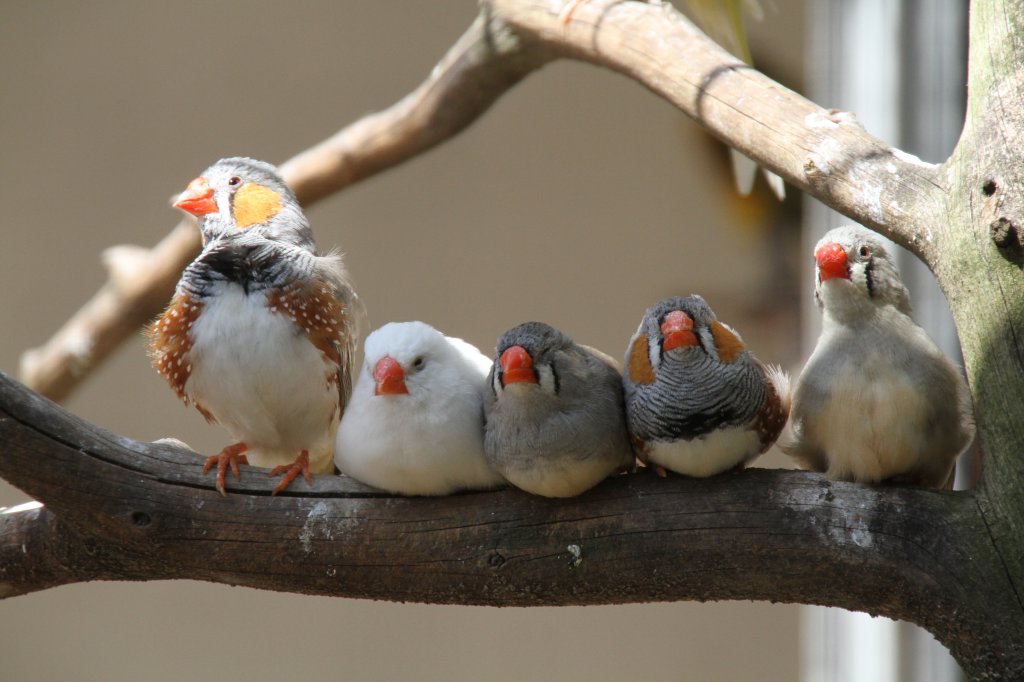
Australische Zebrafink (Taeniopygia guttata castanotis) am 18.4.2010 im Tierpark Berlin Tier
The Australian zebra finch ( Taeniopygia guttata castanotis) is a representative perching songbird (order Passeriformes, suborder oscine) of the Estrildidae family (subfamily Estrildinae), a group of granivorous passerines found throughout tropical and sub-tropical parts of Africa, South-East Asia, and Australia.

Zebra Finch (Taeniopygia guttata castanotis) Zebra Finch (… Flickr
The zebra finch Taeniopygia guttata castanotis is a songbird commonly used in the laboratory, particularly for studies of vocal learning, neurobiology, and physiology. Within the laboratory, it is important to adopt careful husbandry practices that allow for normal development of the birds.

Zebra Finch (Taeniopygia guttata) Tropical Birds, Exotic Birds, Colorful Birds, Pretty Birds
native Habitat Zebra finches live exclusively in savanna and subtropical dry habitats, specifically in broad expanses of non-vegetated terrain or areas with scattered shrubs and small trees.

Diamante Cebra (australiano) eBird
Thermal, metabolic and hygric physiological variables for zebra finches (Taeniopygia guttata) measured at an ambient temperature (T a) of 30°C or 40°C after at least 3 days of hot weather (mean maximum T a =42.7°C) or cooler weather (mean maximum T a =31.4°C). There was a significant effect of measurement temperature for all variables.

Pinzón Cebra/Zebra Finch/Taeniopygia guttata OneBirdPerDay UnAvePorDía
Zebra finches (Taeniopygia guttata castanotis) begin incubating when the first egg is laid, and the chicks hatch asynchronously. This asynchronous hatching has been described in the wild as well as in captivity, and it has been shown that the asynchrony is bigger in the aviary than in the wild ( Immelmann, 1962 ; Amundson and Slagsvold, 1991 ; Zann and Rossetto, 1991 ; Zann, 1996 ).
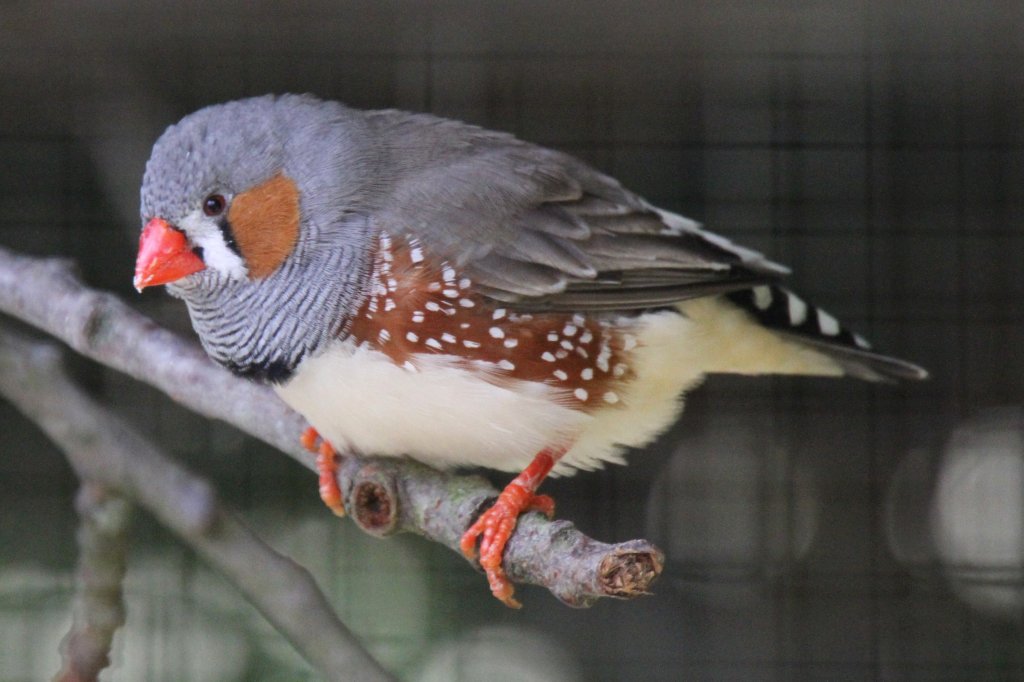
Zebrafink (Taeniopygia guttata) am 1.5.2010 im Tierpark Bad Kösen Tierfotos.eu
Taeniopygia guttata castanotis (Gould, 1837) Dataset GBIF Backbone Taxonomy Rank SUBSPECIES Classification kingdom. Taeniopygia guttata Name Synonyms? castanotis Gould, 1837 Taeniopygia castanotis (Gould, 1837) Taeniopygia castanotis hartogi Mathews.

Chestnuteared finch (Taeniopygia guttata castanotis) ZooChat
The sequence of epidermal layers in some apteria and in interfollicular epidermis in the zebrafinch embryo (Taeniopygia guttata castanotis) was studied. Also, the production of beta-keratin in natal down feathers and beak was ultrastructurally analyzed in embryos from 3-4 to 17-18 days postdeposition, before hatching. Two layers of periderm.

Zebra Finch (Taeniopygia guttata castanotis) Zebra Finch (… Flickr
The zebra finch Taeniopygia guttata castanotis is a songbird commonly used in the laboratory, particularly for studies of vocal learning, neurobiology, and physiology. Within the laboratory, it is important to adopt careful husbandry practices that allow for normal development of the birds.

(PDF) Hniezdna fauna zebričky červenozobej (Taeniopygia guttata castanotis). [The nest fauna of
The Sunda zebra finch ( Taeniopygia guttata) is a species of bird in the family Estrildidae. It is found in the Lesser Sundas . Parasites T. guttata sometimes serves as a model organism. Study of the immune response of T. guttata to parasites is informative for avians as a class.